The need for mead: 'We can re-wild the countryside and get drunk while we’re doing it'
The oldest alcoholic beverage in the world is in the midst of a renaissance.
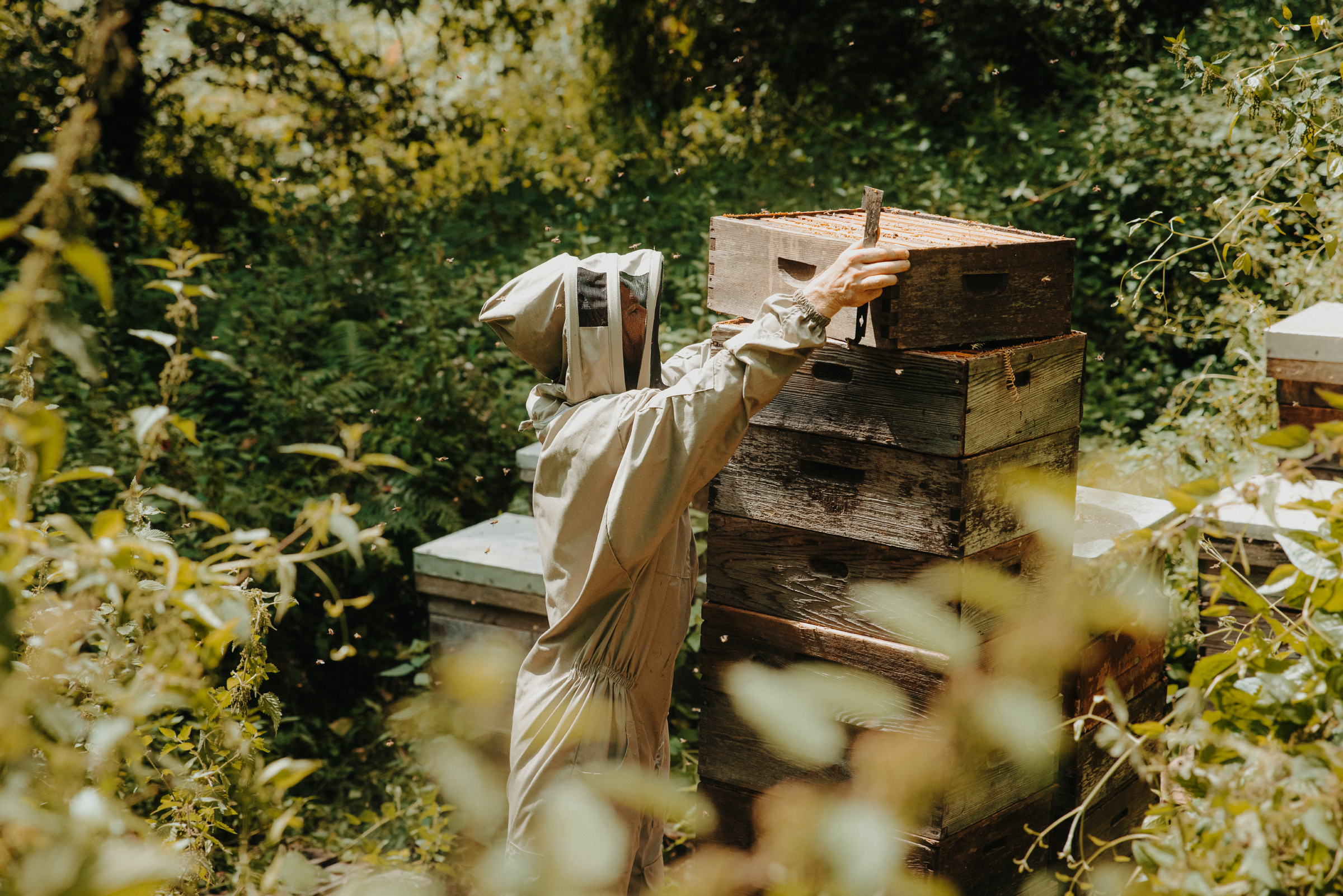

Mead is old. Very old. Archaeological evidence of production comes from pottery found in China dating to 6,500BC, though it is thought to have been drunk by the first humans in Africa more than 20,000 years ago, when natural fermentation processes turned honey and rainwater into a resinous liquid for them to find. Natural curiosity did the rest.
During the Golden Age of Ancient Greece, it was known as the ‘nectar of the Gods’ and ‘ambrosia’. It was believed to be dew sent from the heavens, and bees, who collected it up, were the messengers of the deities. The Vikings proclaimed it a gift from the Gods, and it was so highly regarded in Celtic culture that laws passed by King Hywel ‘the Good’ of Deheubarth during the 10th Century state that every farmstead should keep a barrel of mead at all times (four barrels of beer were an acceptable alternative).
In the Middle Ages, newly-weds would be given a month’s supply to improve their chances of conceiving (hence ‘honeymoon’), and it was enjoyed at feasts and fayres. It was consumed by all ranks, from peasants to warriors to gentlemen in courts, and even Queens Elizabeth threw back a goblet or two: Elizabeth I had her own recipe, made with honey from the Royal Bee Keeper, and Elizabeth II enjoyed hers with rosemary, thyme, bay leaves and sweet briar.
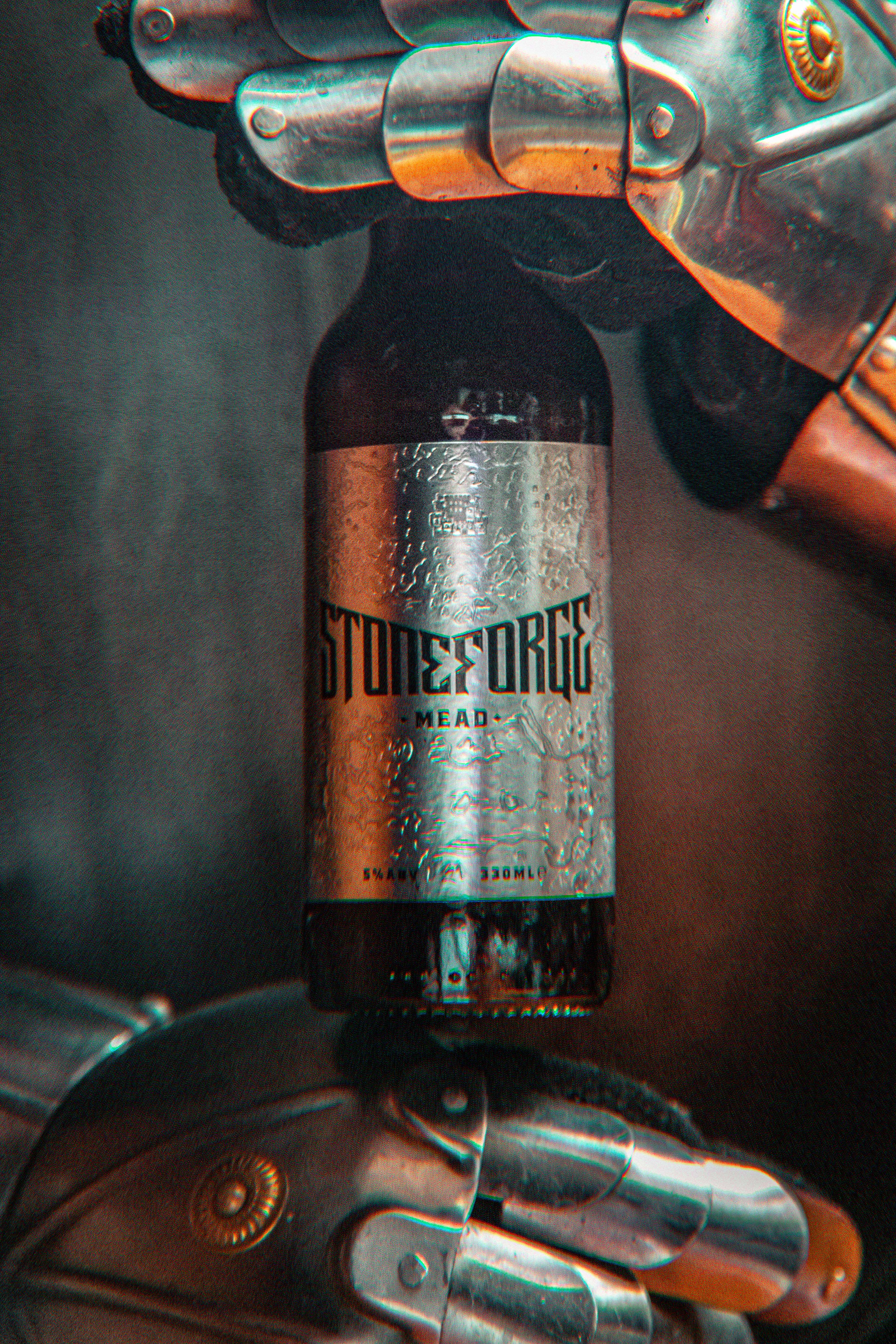
The basic production of mead has stayed the same through the years — simply honey and water fermented with yeast. Herbs, fruits and spices are sometimes added to create variations. It tends to fall into two categories: ‘traditional mead’, like a dessert wine or sweet port with an ABV of up 20%, and sparkling mead, a lighter style of about 4% ABV, akin to sparkling wine, cider or a glass of lemonade.
It is clear that history buffs, fans of fantasy (in Tolkien's Lord of The Rings, Meduseld, deriving from the Anglo-Saxon word Maeduselde, meaning mead-hall, serves as a place for the King of Rohan to gather with his kin), and those who enjoy a tipple post-supper have reason to drink mead, but a growing interest has been brewing (ahem) for a while, spurred on by innovative producers, flavours, changing consumer preferences, and the desire to explore a wider range of produce made on British soil.
The ‘craft beverage boom’ has played a huge part in bringing mead out of the realms of fantasy and into pubs and bars. Consumers are consciously seeking out artisanal, authentically brewed drinks with distinct flavours — a need that mead fulfils with aplomb. Gosnells, based in London, describe their canned mead as a ‘fizzy pint’ — lighter than beer, more palatable than sweet ciders, enough heritage to feel proper, while new enough to excite. At Stoneforge Mead, Danny Wood says that while traditional mead might be a favourite of older men, ‘60% of our consumers are female. We believe this to be due to Stoneforge being a 100% natural product and, unlike commercial ciders, has no added sugars at all’.

The team at Gosnells in London have been making mead for more than 10 years.
'We’re trying to combine the already ingrained association of mead with medieval/fantasy/Nordic culture and modern methodology to create the definitive modern version of mead that sits along cider and beer,’ says Danny. Their business leans heavily into the fantasy side of things, with a website that speaks of realms and great battles between giant wasps and magic bees. Their employees are listed as Aresteus Stoneforge, Darcey Hammeraxe and the powerful sorcerer Barmlar the Wise.
Sign up for the Country Life Newsletter
Exquisite houses, the beauty of Nature, and how to get the most from your life, straight to your inbox.
Hive Mind Mead, based in the Wye Valley, are also after the ‘craft’ drinkers. ‘We introduced a hopped mead, to tempt the craft beer drinkers into trying mead for the first time (and won a “best in show” prize at a craft beer competition, the impetus to launching our business properly)', says Kit Newell, co-founder. ‘We’re moving from a historical curiosity to a thriving part of the craft beverage industry.’
A quality mead rests heavily on the quality of honey, and flavours vary depending on where it was sourced, whether it is single origin or blended, and the diet of the bees it comes from. ‘We are trying to create really well crafted drinks so sourcing the honey is really important,’ says Tom Gosnell of Gosnells. ‘We want honey with great flavour, so we need bees who are well looked after because that has an impact on the quality.’
Hive Mind Mead sources the majority of their honey from their own hives, which have grown from 20 in 2018 to 200 in 2025. Their honey gives a regionally specific flavour comprising the trees, plants and flowers found in Wye Valley. Gosnells sources honey from across Europe, blending it to form a core, standard flavour utilised across their product line. However, their signature mead, Gosnells of London, is made using honey predominantly from an area full of orange blossom, giving it a light, citrus flavour. At 5.5% ABV, it is a great alternative to champagne, they say.

Hive Mind source their honey from their own hives.
Like other beverages, slight nuances in flavour offer something to explore and appreciate. This extends further when considering the flavoured variations, and allows us to embrace mead in a variety of ways. The Rookery Craft Mead, produced in Perthshire, has a traditional raspberry mead that presents like a medium-dry, rose wine, ideal for pairing with seafood or dishes with cream.
‘I try to keep as close to these prehistoric drinks as modern taste and legislation allows,’ says Christopher Mullin, the Rookery’s mead maker. ‘I don't have any automation in my process; it remains a hand-made, craft product. Most of my ingredients I forage from the surrounding hills, so I'm restricted by seasonality. If I run out of a flavour, I can't always just brew more. I have to wait until it's in bloom/fruit again, then go through the brewing process.'
Hive Mind offers whisky barrel-aged and rum barrel-aged meads, as well as fizzy fruity meads served in cans. Stronger meads, usually titled ‘traditional’, are ideal for serving with a cheeseboard, or using in cocktails. Given the time and energy put into making the drink, the producer you buy from will be more than happy to advise on how best to serve it.
Perhaps the greatest argument for drinking more mead is its sustainable credentials. Production uses far less water, chemicals, artificial fertilisers and machinery than other drink categories, making it a lower-impact, environmentally sustainable choice. Mead requires honey, and honey requires bees, who help maintain biodiversity and are essential for a productive environment. Responsible mead-makers form a part of this cycle: supporting ecological balance, promoting bee conservation, lowering environmental impacts and, in most cases, championing local producers.
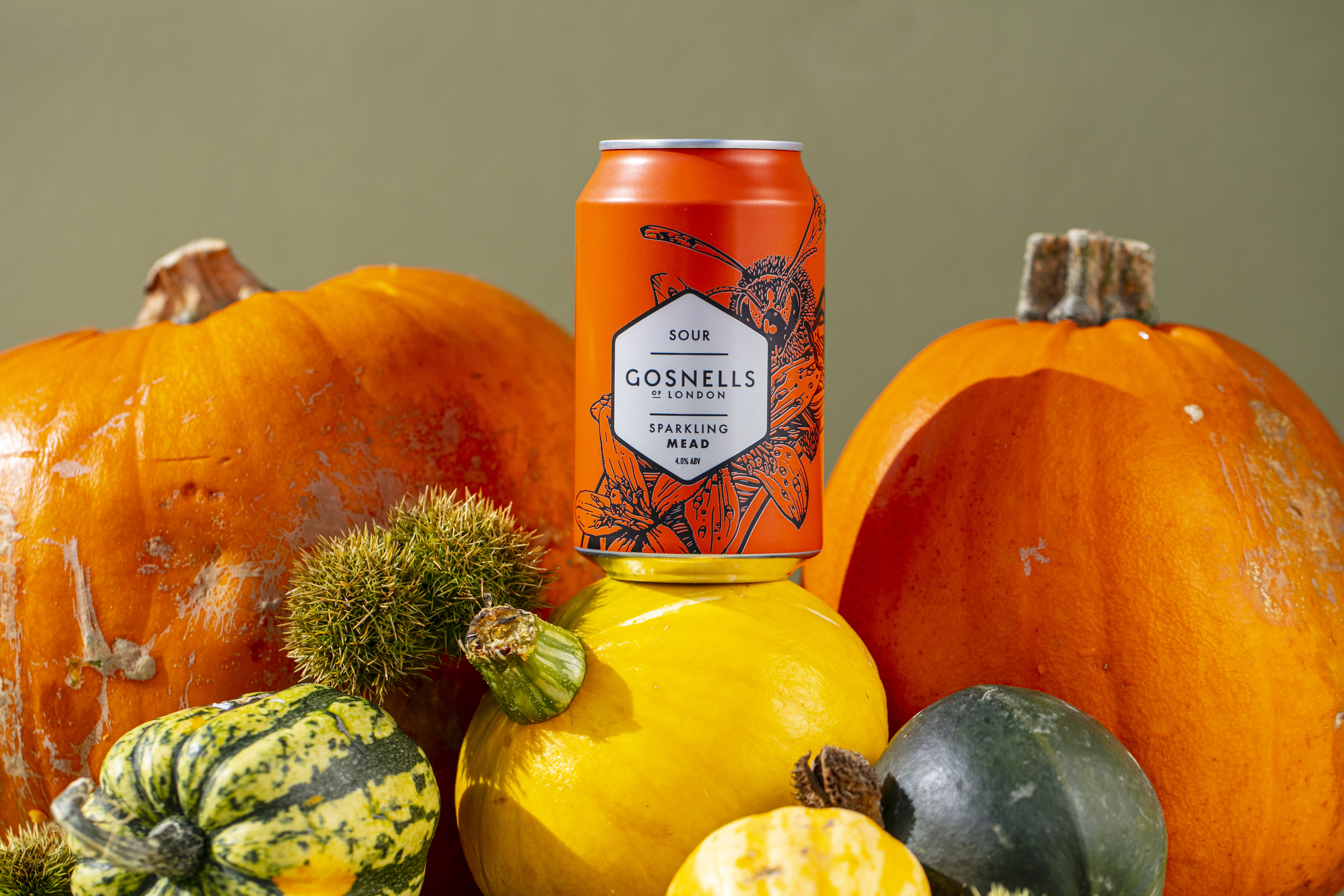
Christopher hand-forages every flower, fruit and herb that goes into his product. ‘Biodiversity is also a huge concern of mine,’ he says. ‘I need a wide range of native species for my products. This has undoubtedly been impacted by the last 1,000 years of human activity on the environment and The Highlands, where I operate, has seen drastic change in the last 300 years, with vast swathes of native woodland disappearing.’ His honey is from a bee-keeping friend in the village, though some comes from a commercial trader who has been thoroughly ‘grilled’ on their ethics and compliance by Chrisopher’s wife, who worked as a compliance officer at the honey importers.
Even the health-conscious (myself being one of them) can get on board. We have seen a huge shift away from products containing ingredients we don’t understand or don’t belong in our body, and an increase of interest in natural, low-intervention drinks — alcoholic and otherwise. Mead fits comfortably in this category, with an ingredient list (depending on the producer) containing no chemicals, sulphates or unnecessary sugars, and the method being entirely natural. Mead is also gluten-free, paleo-friendly, and retains some of the vitamins and minerals that honey is prized for.
A very ancient drink with a very modern sense of place. Plus, it’s good for bees, organic and good for the environment. Danny at Stoneforge sums it up better than I ever could: ‘We can re-wild the countryside and get drunk while we’re doing it’. I’ll drink to that.
Amie Elizabeth joined Country Life in 2022. She studied history at Edinburgh University and previously worked in interior design and fashion styling. She regularly contributes to Country Life’s London Life section and compiles the weekly Barometer feature. She also writes for Luxury London and has covered everything from Chanel suits and art events, to the best pies in London.
-
 ‘David Hockney 25’ at the Fondation Louis Vuitton: Britain’s most influential contemporary artist pops up in Paris to remind us all of the joys of spring
‘David Hockney 25’ at the Fondation Louis Vuitton: Britain’s most influential contemporary artist pops up in Paris to remind us all of the joys of springThe biggest-ever David Hockney show has opened inside the Fondation Louis Vuitton in Paris — in time for the season that the artist has become synonymous with.
By Amy Serafin Published
-
 High Wardington House: A warm, characterful home that shows just what can be achieved with thought, invention and humour
High Wardington House: A warm, characterful home that shows just what can be achieved with thought, invention and humourAt High Wardington House in Oxfordshire — the home of Mr and Mrs Norman Hudson — a pre-eminent country house adviser has created a home from a 300-year-old farmhouse and farmyard. Jeremy Musson explains; photography by Will Pryce for Country Life.
By Jeremy Musson Published
-
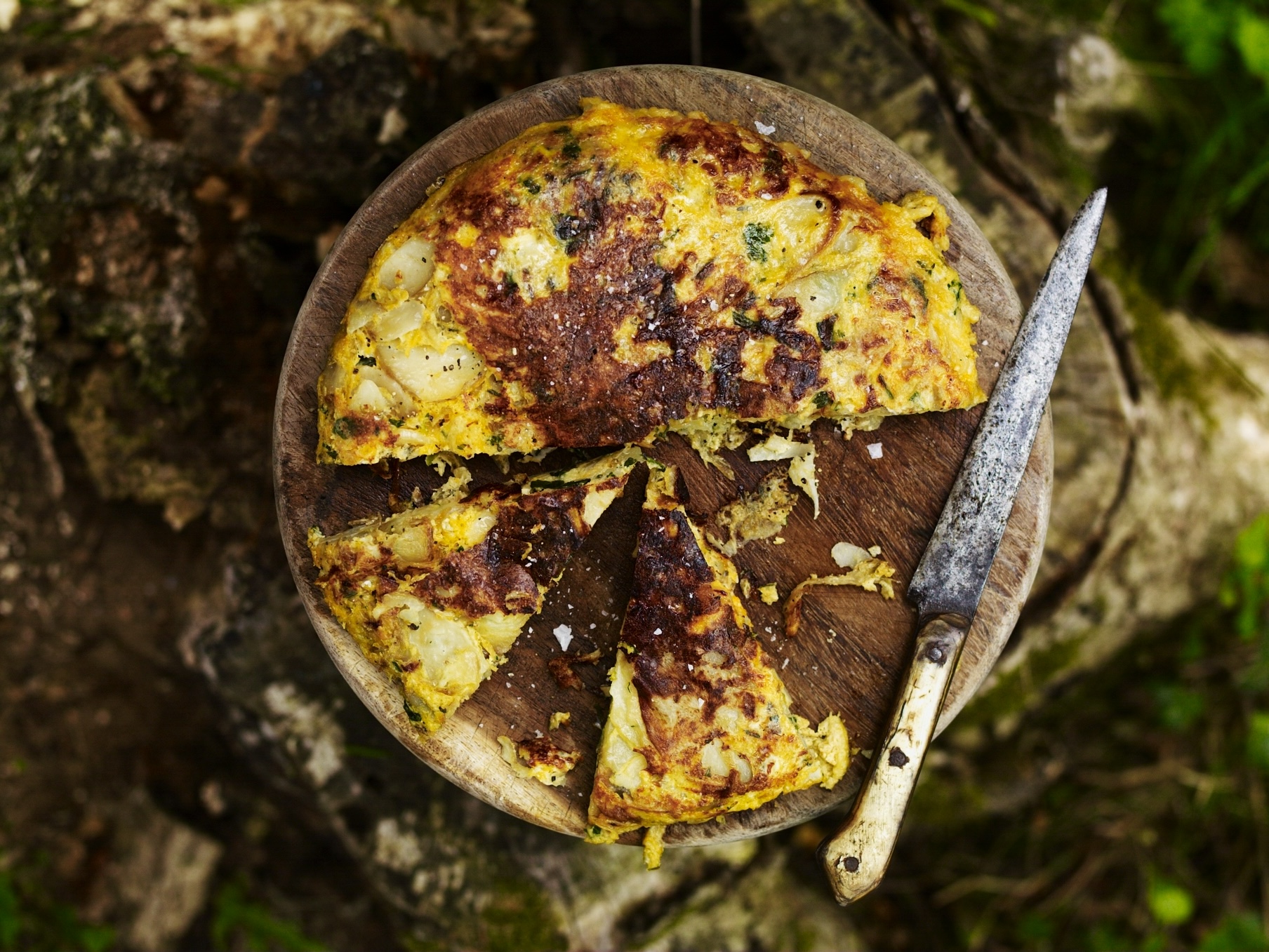 Gill Meller's recipe for a seasonal new potato omelette, with smoked garlic, onions and Cheddar cheese
Gill Meller's recipe for a seasonal new potato omelette, with smoked garlic, onions and Cheddar cheeseBy Gill Meller Published
-
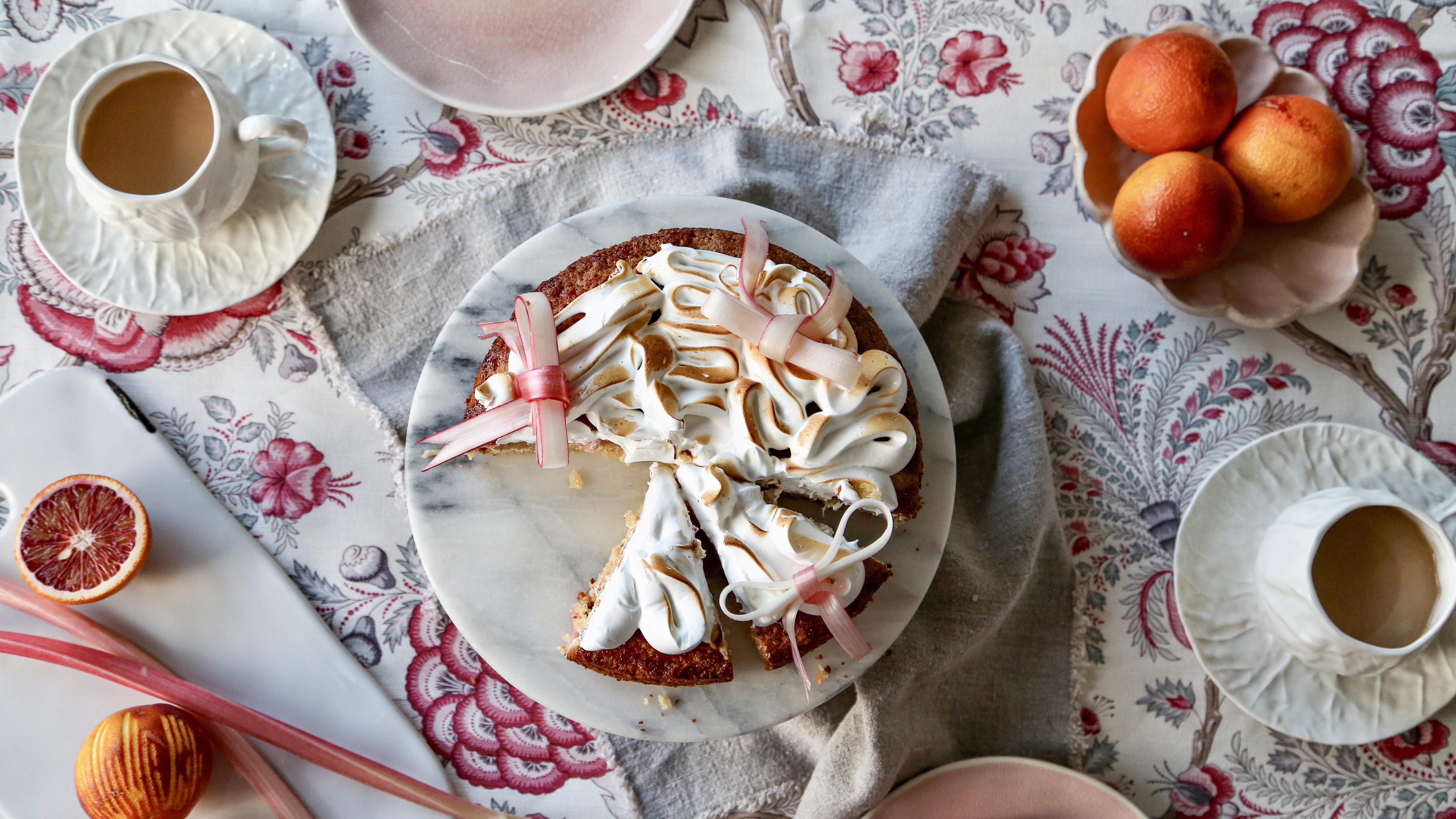 How to make a rhubarb and Swiss meringue cake that's almost too pretty to eat
How to make a rhubarb and Swiss meringue cake that's almost too pretty to eatMake the most of the last few stems of forced rhubarb.
By Melanie Johnson Published
-
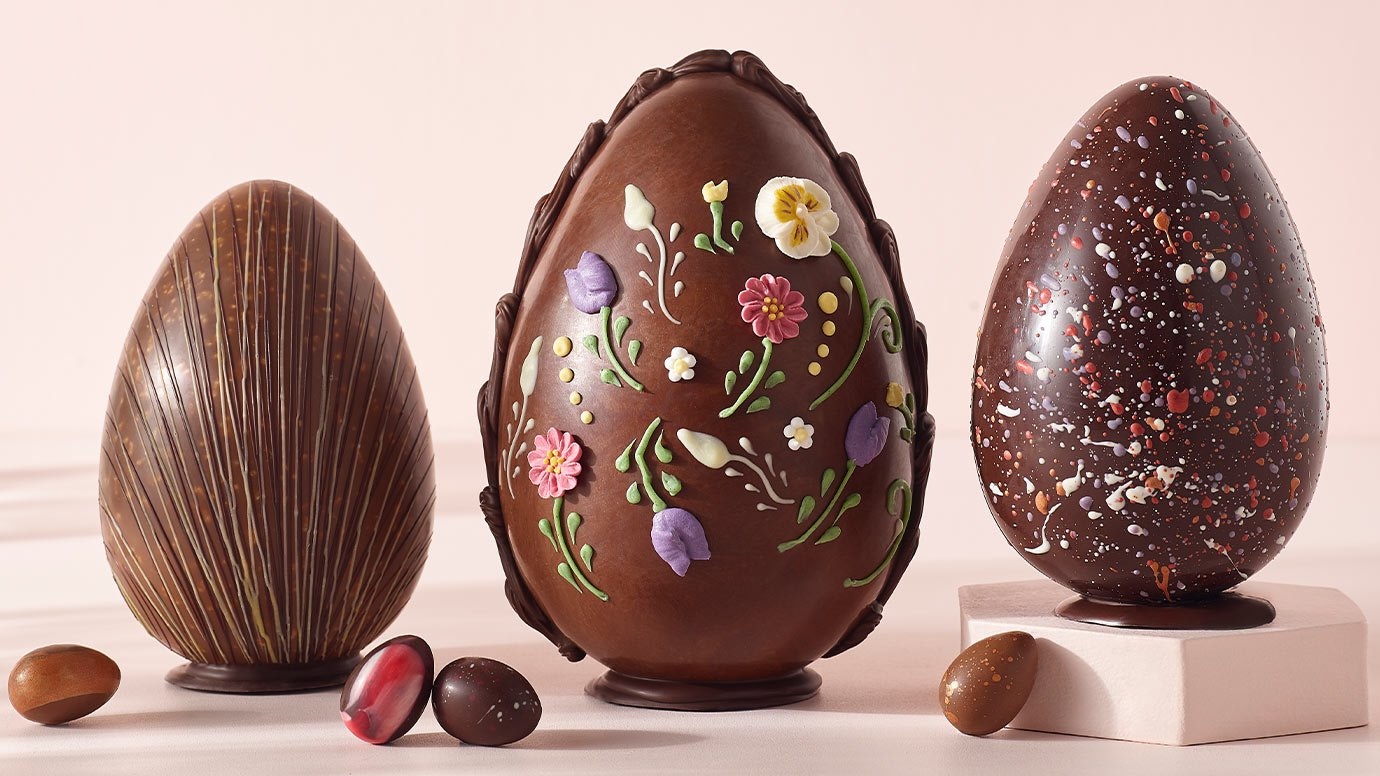 The prettiest Easter eggs for 2025
The prettiest Easter eggs for 2025Warning: Don't read if hungry.
By Rosie Paterson Published
-
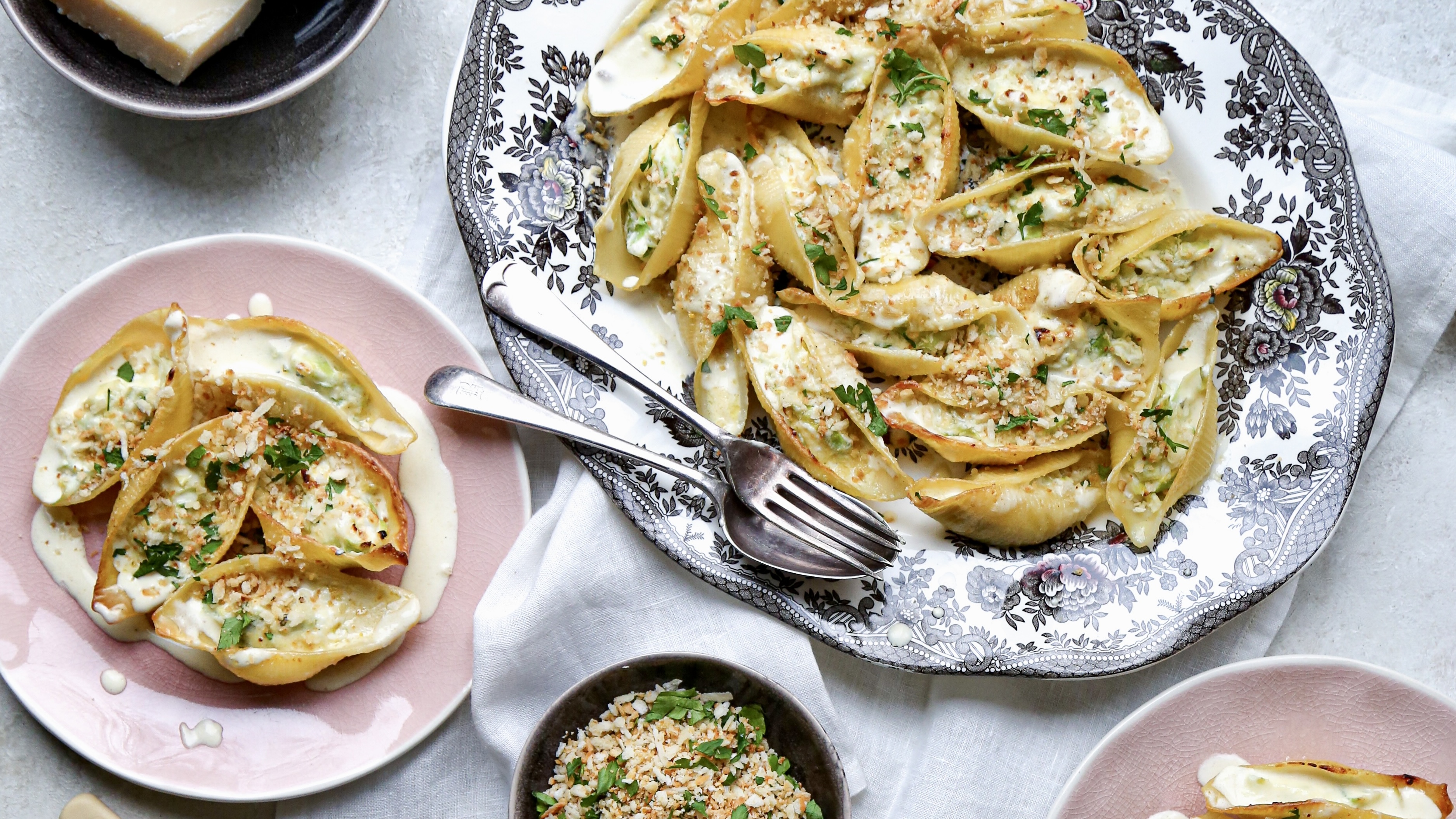 An Italian-inspired recipe for lemon-butter pasta shells with spring greens, ricotta and pangrattato
An Italian-inspired recipe for lemon-butter pasta shells with spring greens, ricotta and pangrattatoSpring greens are just about to come into their own, so our Kitchen Garden columnist reveals exactly what to do with them.
By Melanie Johnson Published
-
 Curious Questions: What is the greatest April Fool's prank ever played?
Curious Questions: What is the greatest April Fool's prank ever played?As April 1 looms, Martin Fone tells the tale of one of the finest stunts ever pulled off.
By Martin Fone Published
-
 Tom Parker Bowles's Tour de Fromage, from creamy Camembert and spicy, pungent Époisses to the 'mighty, swaggering Roqueforts'
Tom Parker Bowles's Tour de Fromage, from creamy Camembert and spicy, pungent Époisses to the 'mighty, swaggering Roqueforts'The chef and food writer Tom Parker Bowles picks out his all-time favourite cheeses from across the Channel in France, from buxom, creamy Camembert to mighty, swaggering Roquefort.
By Tom Parker Bowles Published
-
 'For here is pure noodle nirvana': How to make Tom Parker Bowles's favourite Thai soup
'For here is pure noodle nirvana': How to make Tom Parker Bowles's favourite Thai soupThe best bit about south-eat Asian-inspired soups is the fact that you can make them entirely your own, from mellow and comforting to blow-your-head-off hot.
By Tom Parker Bowles Published
-
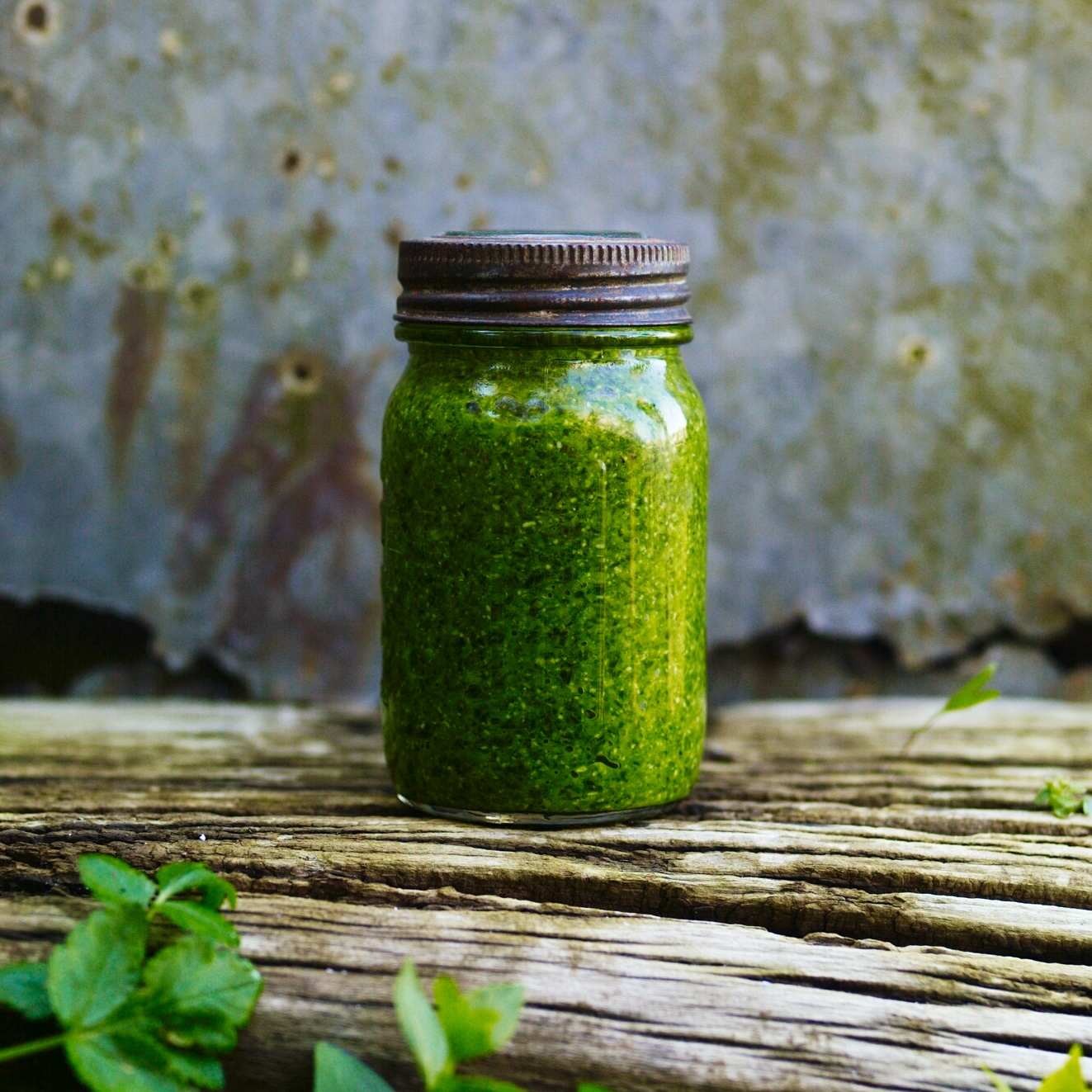 Gill Meller's recipe for wild garlic pesto
Gill Meller's recipe for wild garlic pestoThe appearance of wild garlic is a sure sign that spring is on the way. Make the most of it with this quick and easy recipe for 'intense' pesto.
By Gill Meller Published